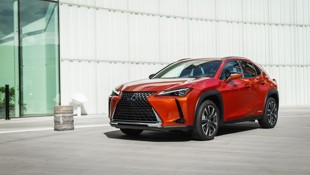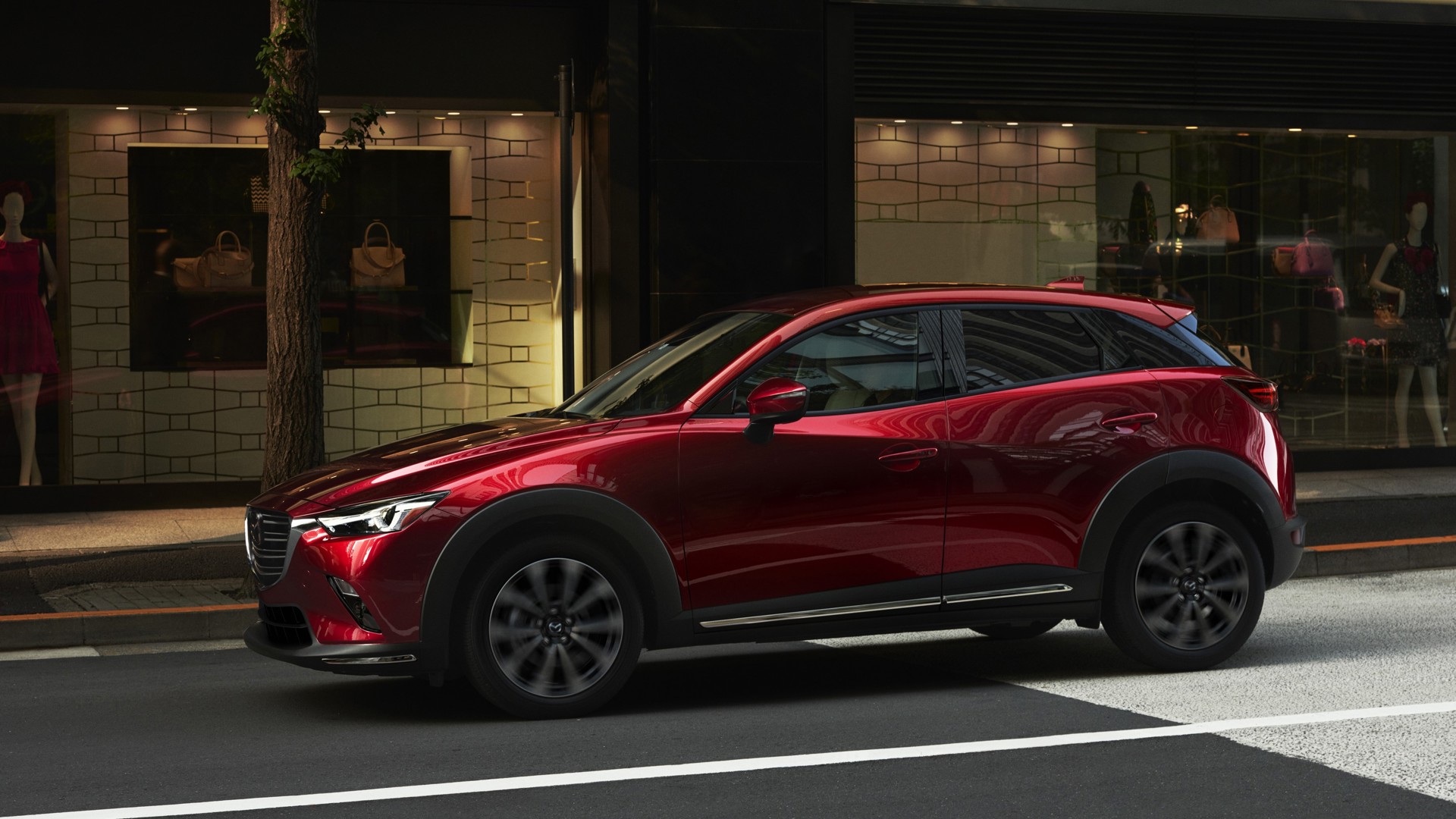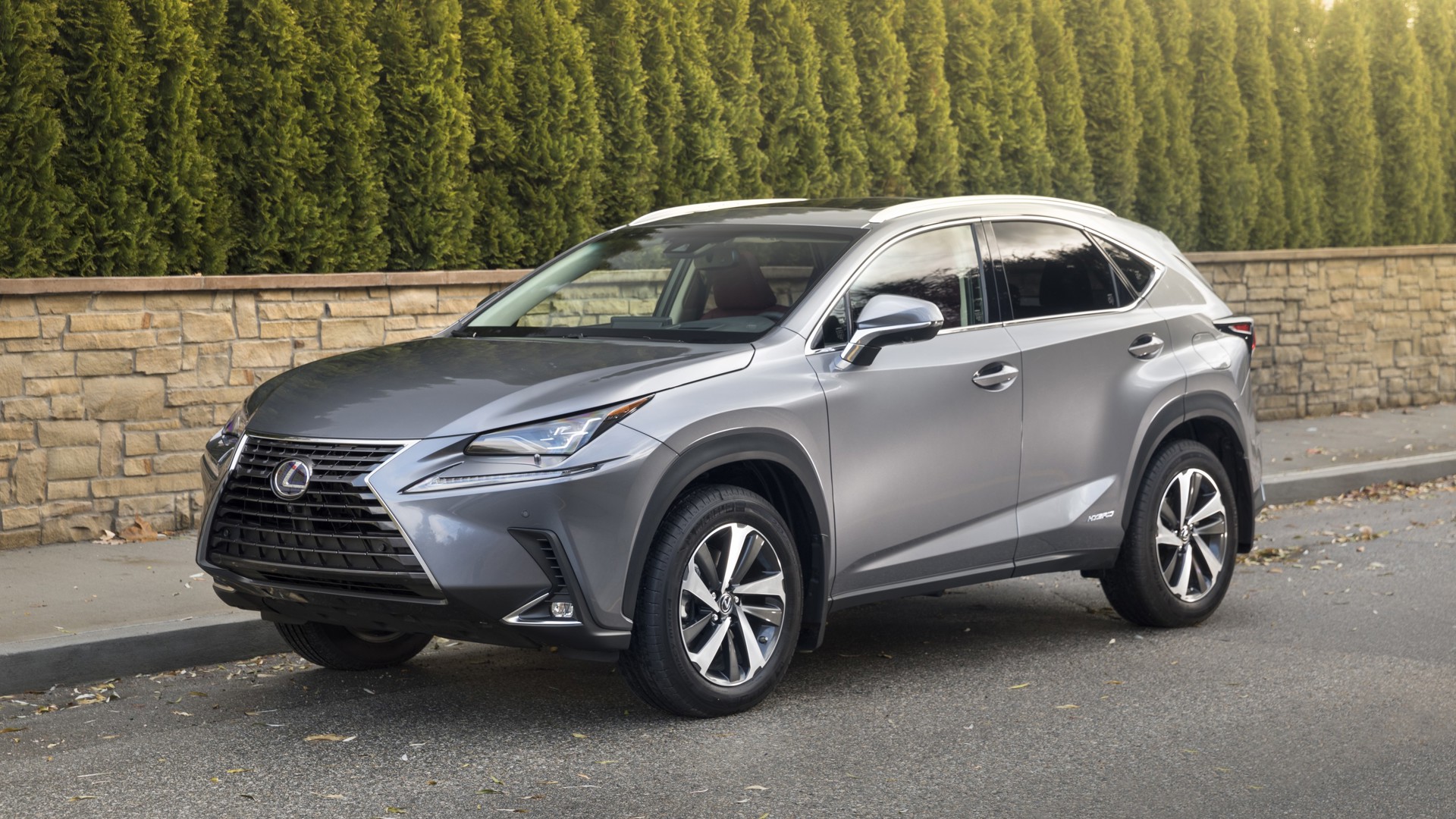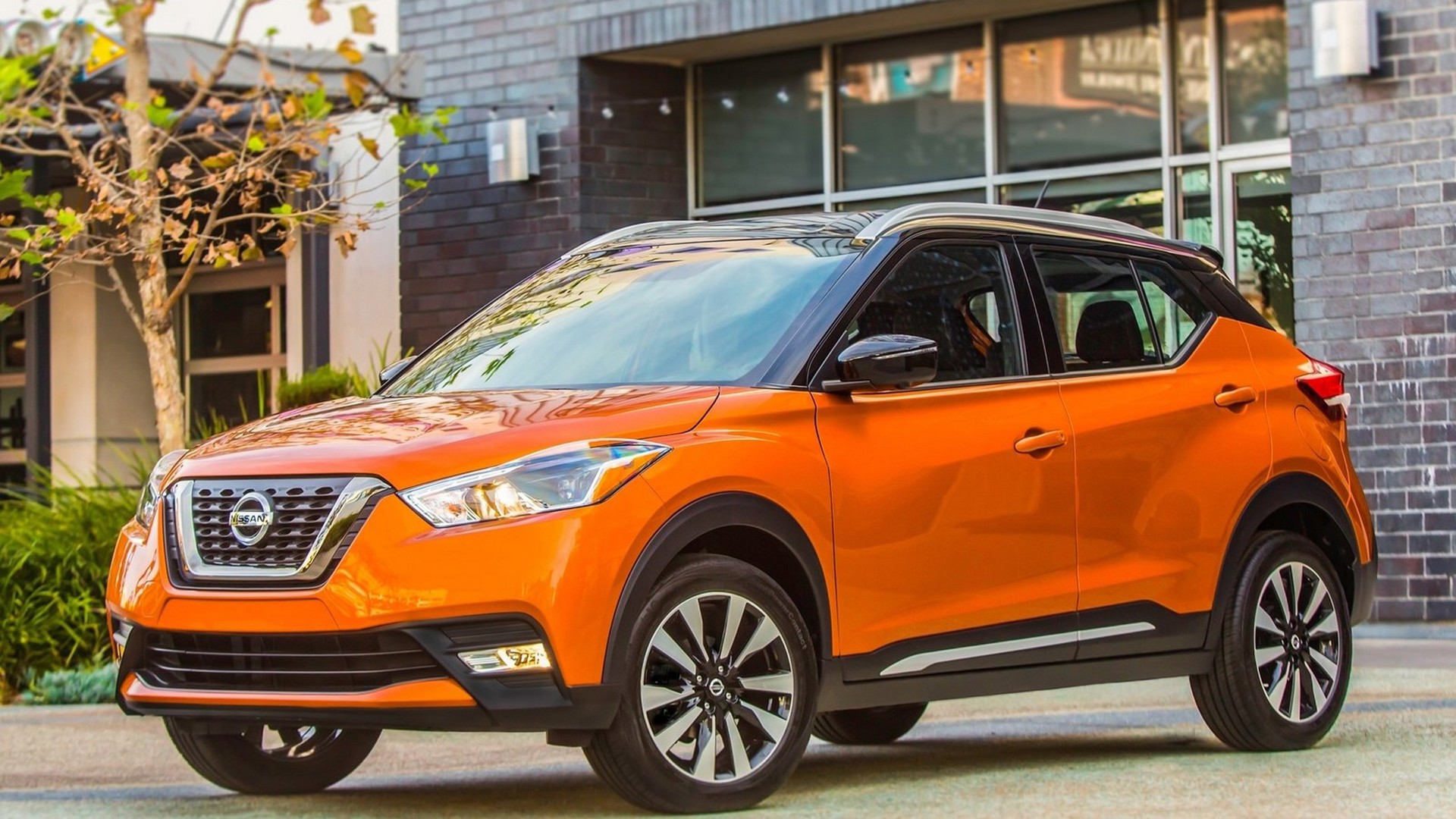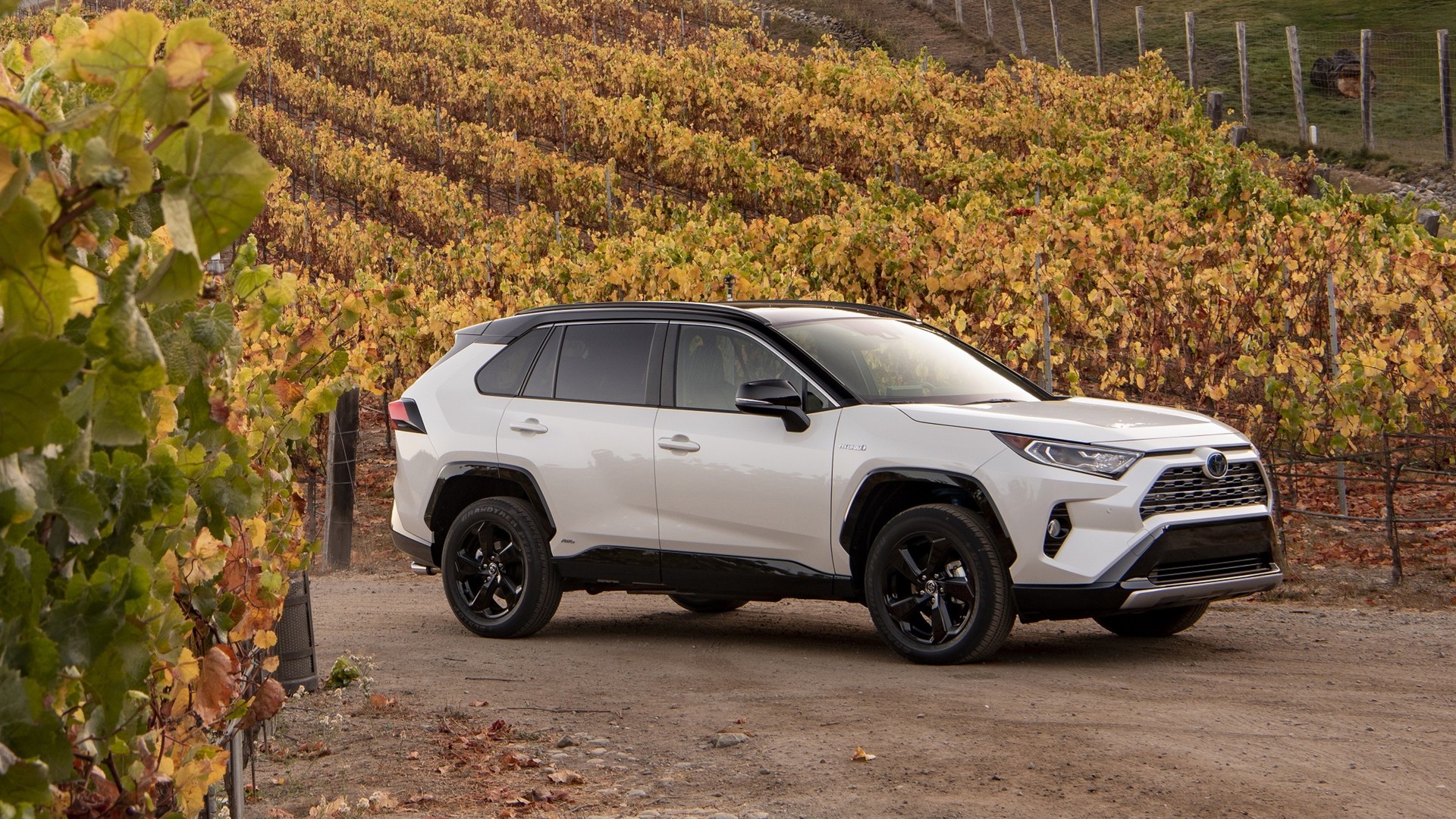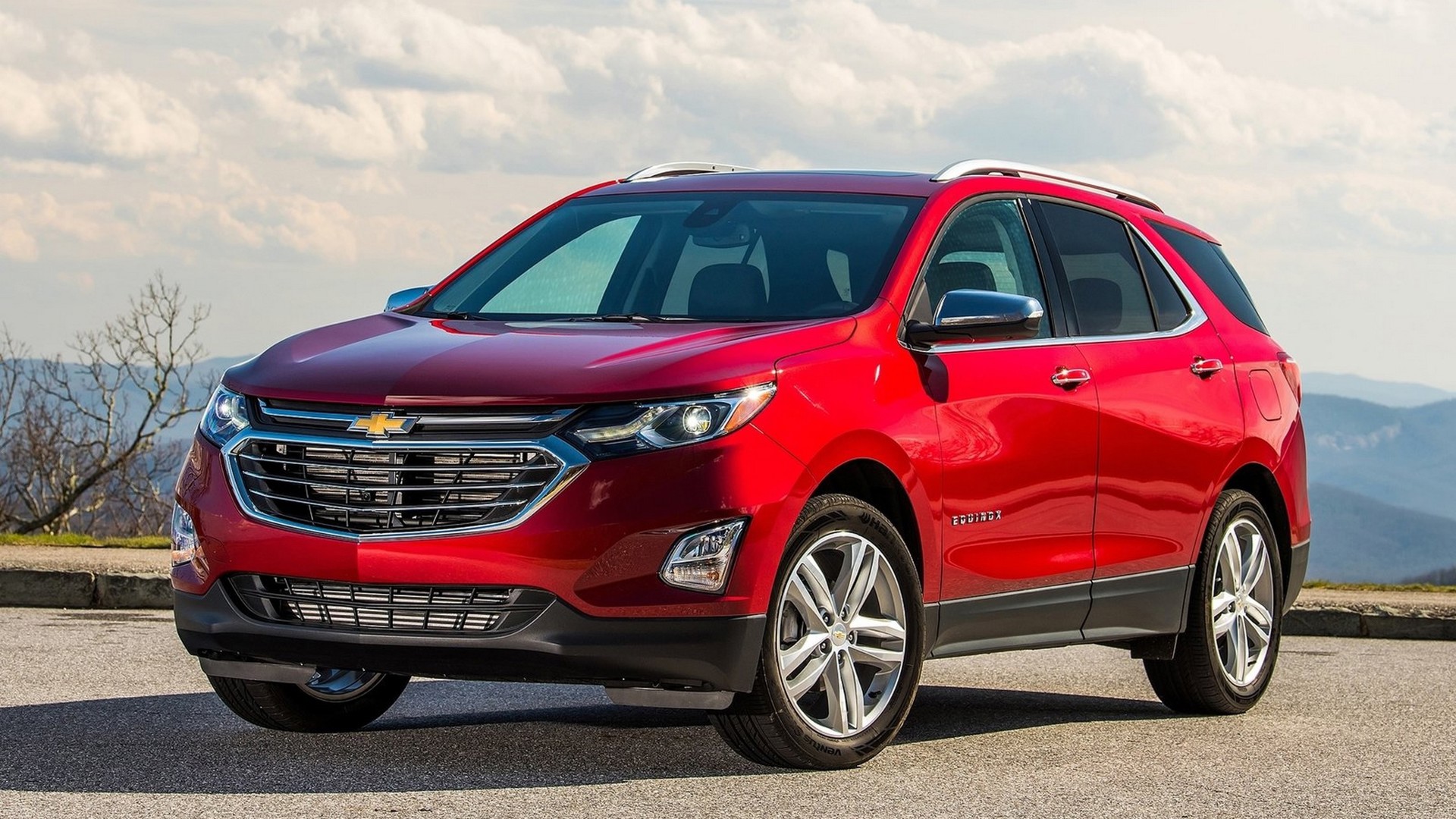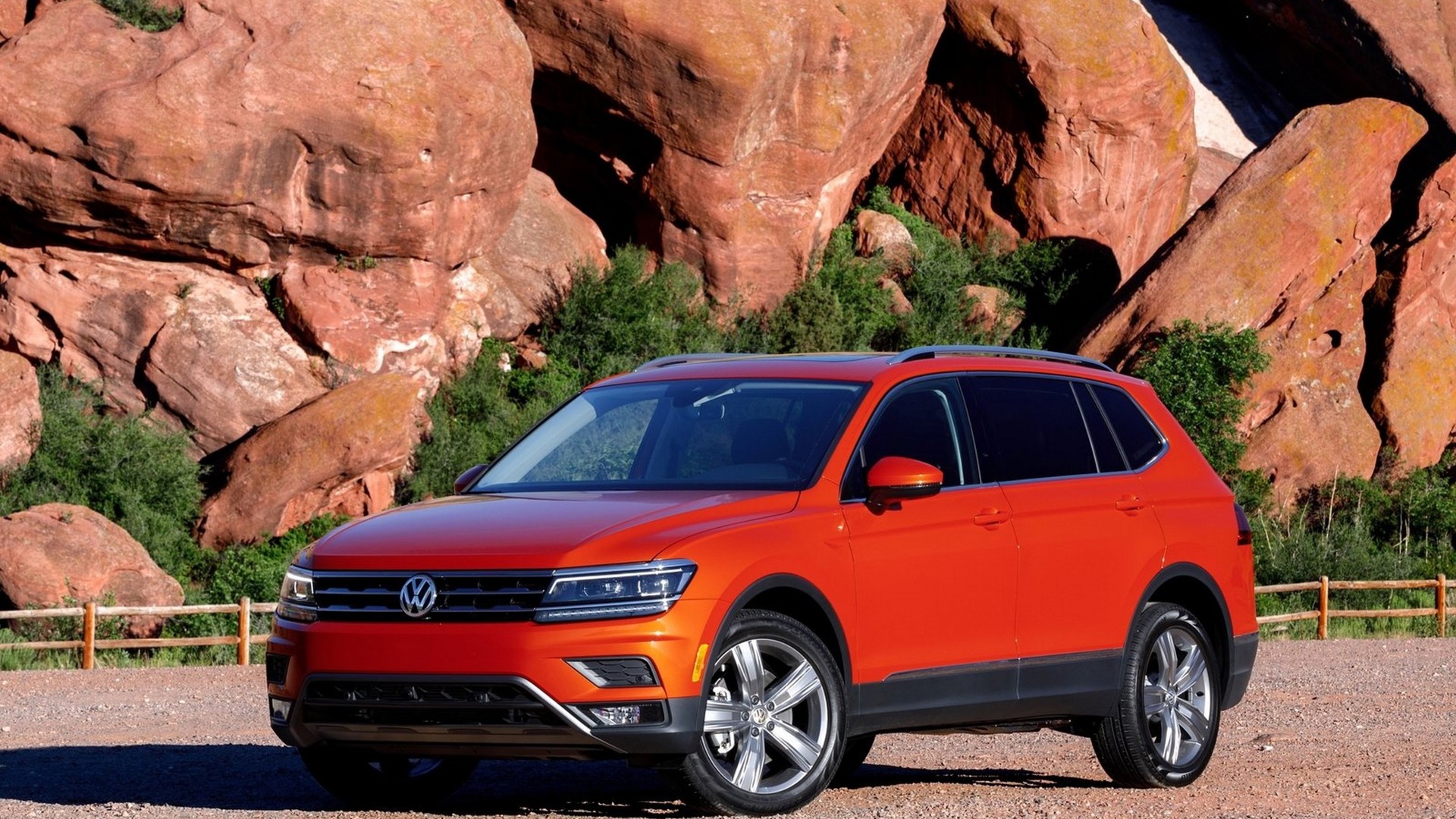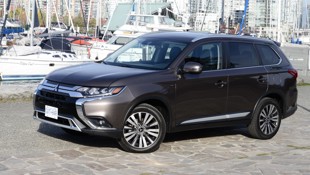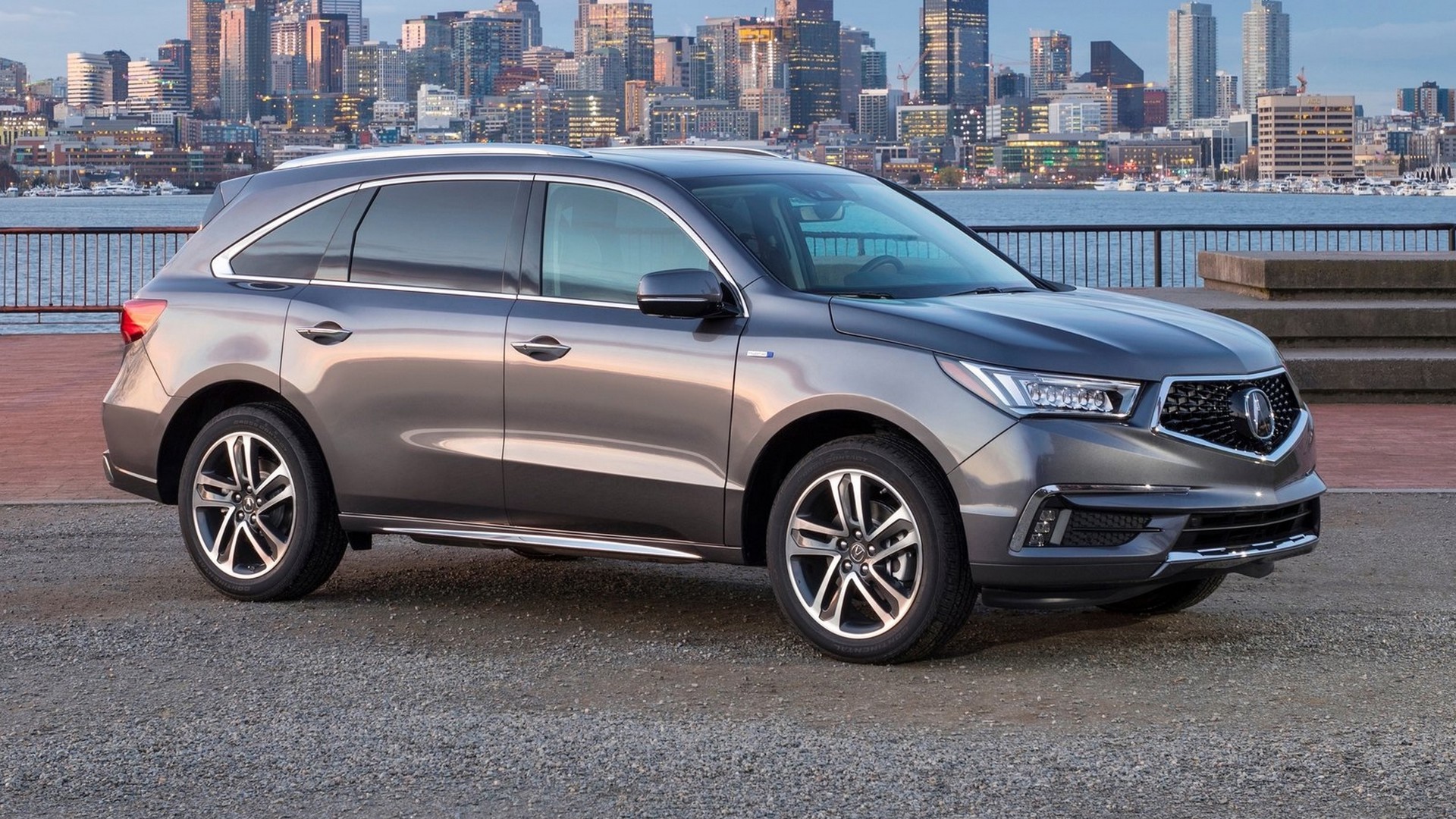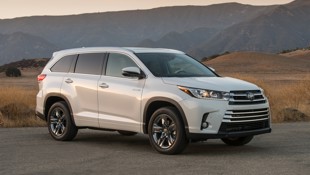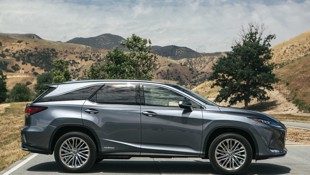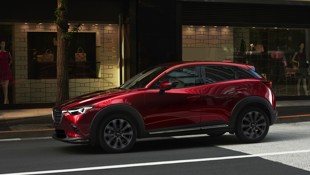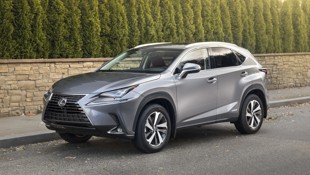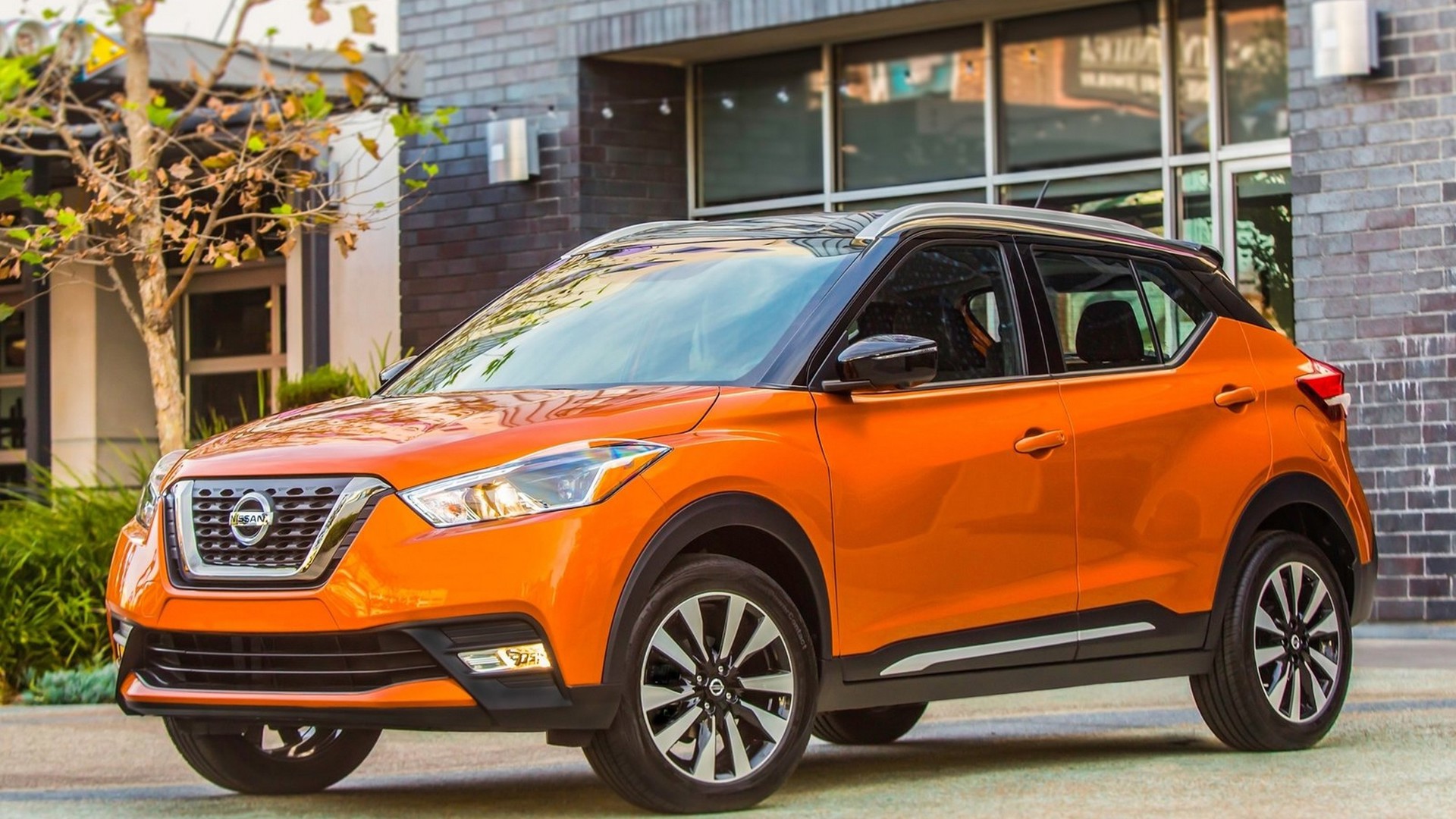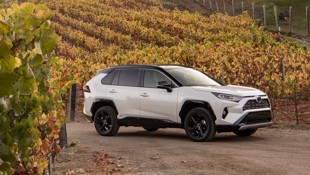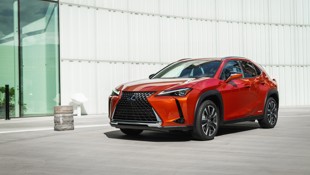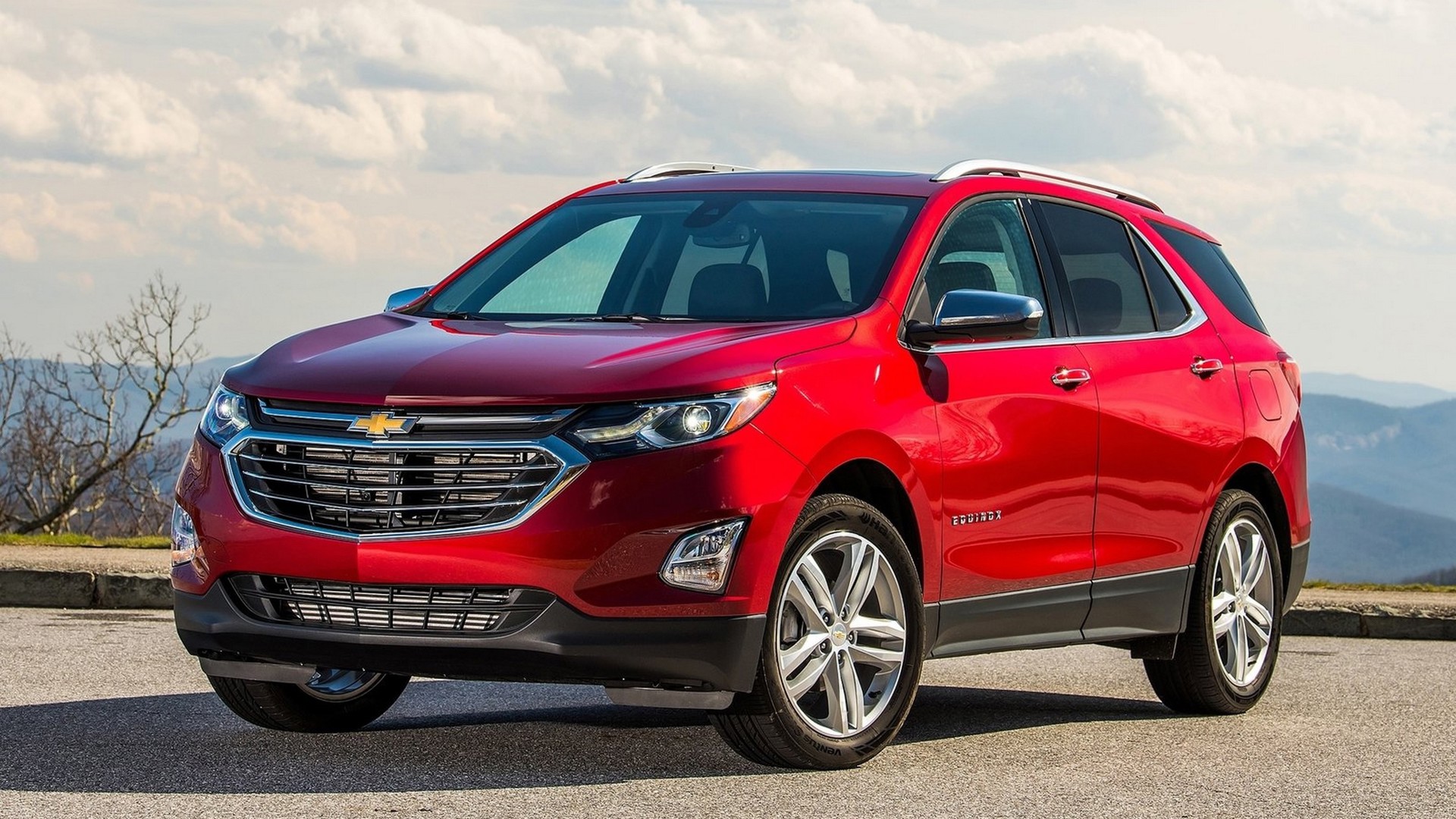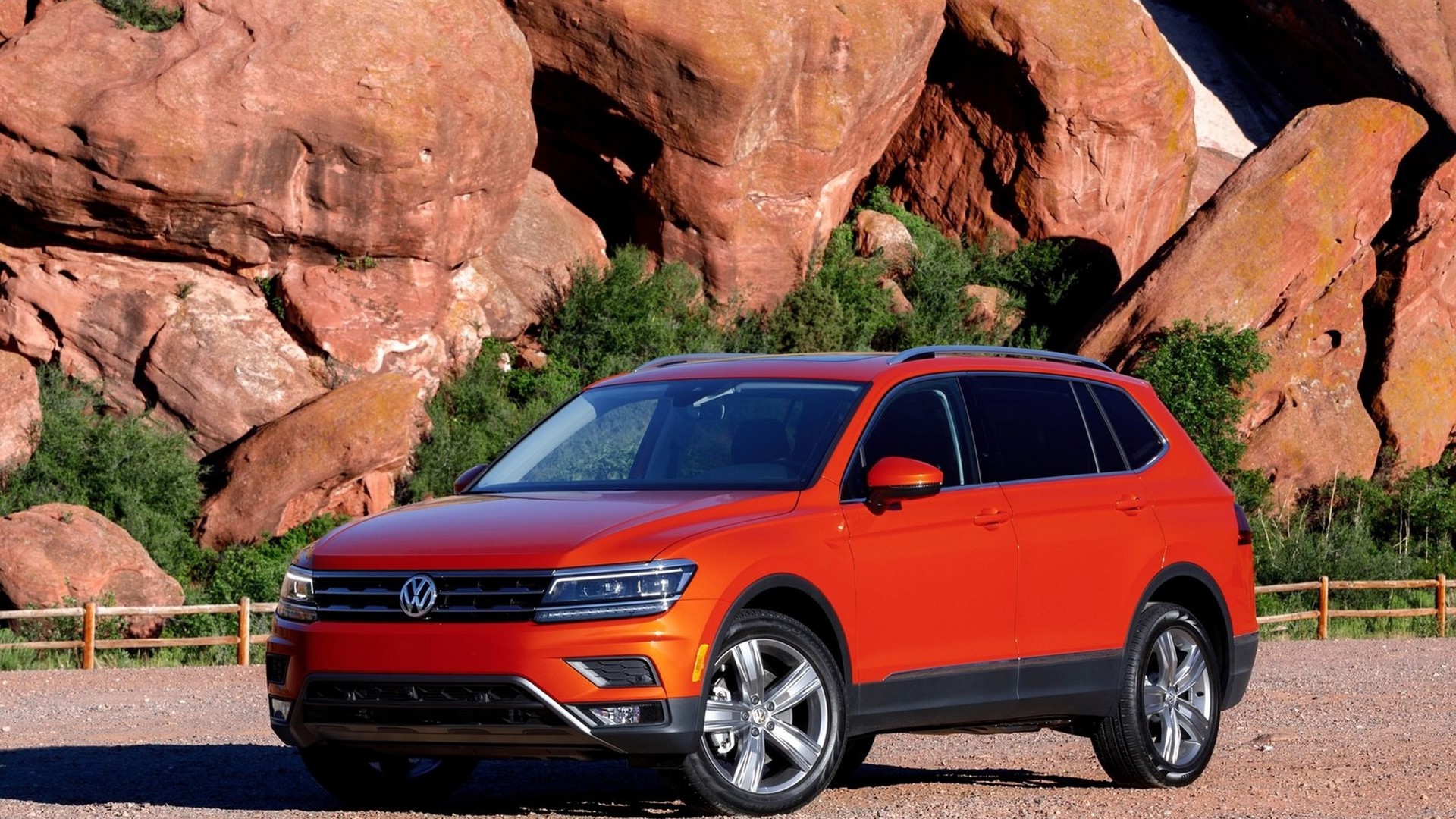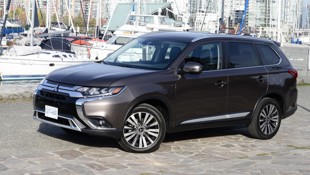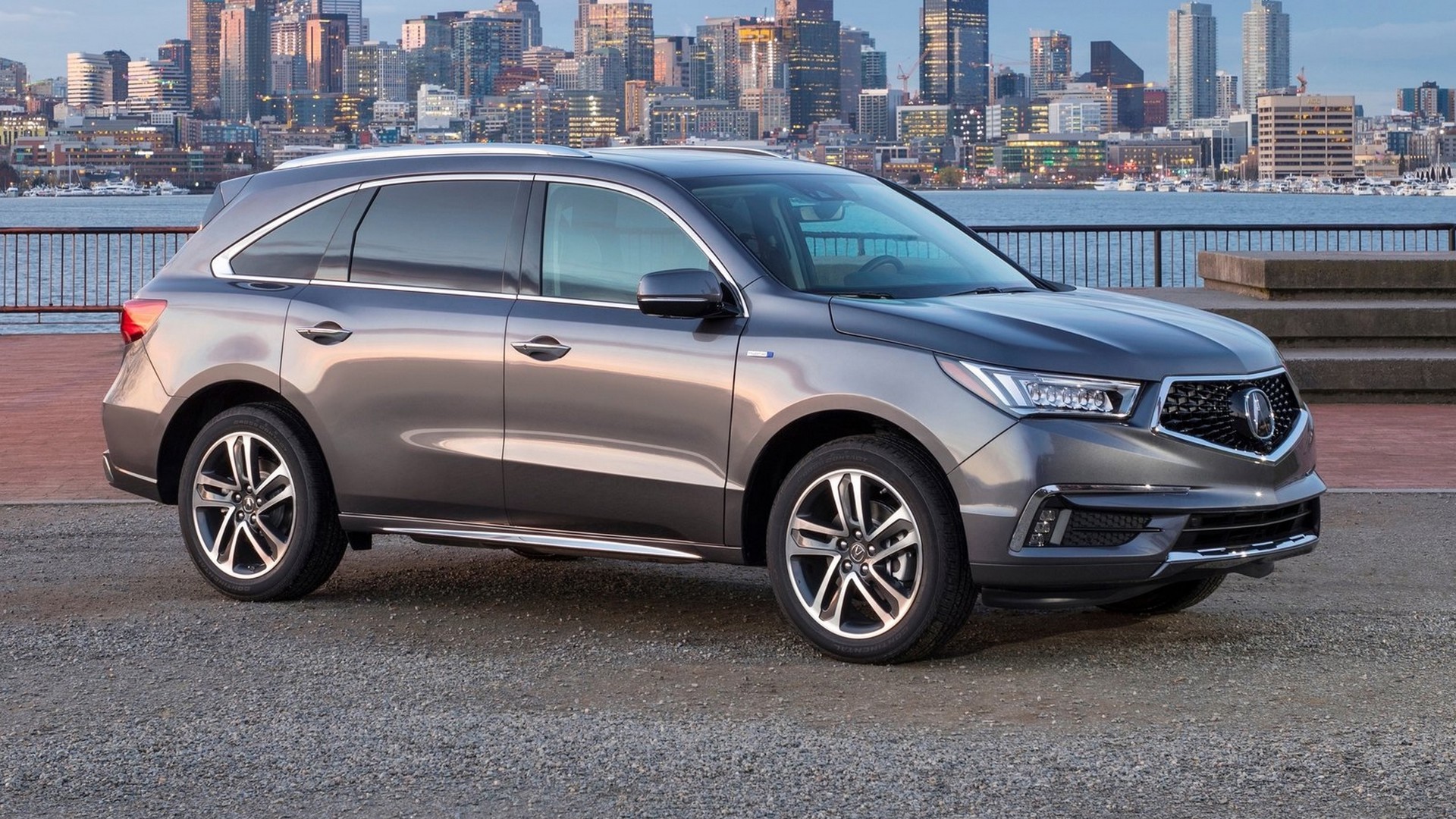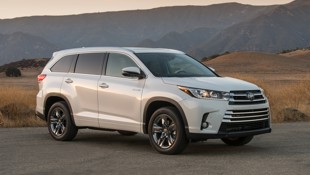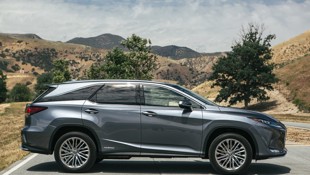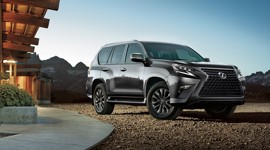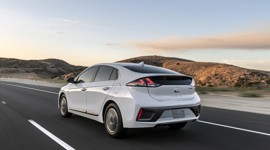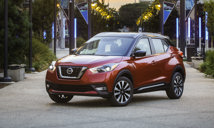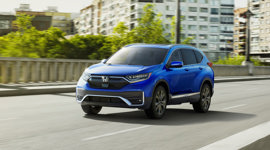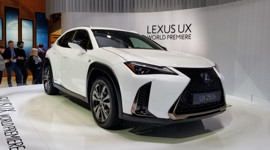SUVs and crossovers tend to be bulkier and heavier than cars. Generally speaking, that means poorer fuel economy and higher operating costs for the large number of drivers who now regularly choose them as family vehicles.
For those of you who are considering an SUV, but want to stay close to the thrifty end of the fuel-consumption spectrum, we've assembled a list of the 10 most fuel-efficient SUVs and crossovers on the market right now. We've split the list into two five-vehicle sections: one for two-row models and the other focusing on the three-row utilities better suited to larger families. All are available at dealerships now as 2019 or 2020 models.
Note that we have not included plug-in hybrid (PHEV) or electric vehicles. That's because there's still a pretty wide price gap between conventional hybrid and plug-in models in all vehicle segments, and we wanted to stick to vehicles that a large cross-section of Canadians can actually afford.
We've ranked vehicles according to their combined fuel consumption ratings as published by Natural Resources Canada. Where multiple vehicles have the same combined rating -- which is common -- we looked at the city and highway estimates to see which models had the edge. In other words, there are a lot of impressively efficient vehicles that missed the cut for this list by a slim margin.
Two-row SUVs and Crossovers
#5. Mazda CX-3 - 7.7 L/100 km
This is Mazda's smallest four-door model, a subcompact crossover that's based on the Mazda2 sold in other markets. It has a 2.0L four-cylinder engine (148 hp/146 lb-ft torque) that incorporates Mazda's SkyActiv fuel-saving design features, which include direct fuel injection and a concerted effort to reduce friction between its moving parts.
The CX-3's most-efficient variant is the front-wheel-drive model with the optional six-speed automatic transmission. It nails a combined NRCan rating of 7.7 L/100 km, and city/highway estimates of 8.3 and 6.9. An all-wheel-drive CX-3 runs efficiently enough for a top-five finish as well, but for this ranking we're only including the thriftiest version of any given model.
#4. Lexus NX 300h - 7.5 L/100 km
Consider this fair warning that you're going to see a lot of Lexus and Toyota models on this list, thanks to that company's dedication to gas–electric hybrid technology. The compact NX 300h matches a 2.5L gas engine with electric propulsion for 194 hp. Lexus lists torque at 152 lb-ft, but that's for the gas engine alone; Toyota is strangely coy about publishing hybrid torque figures that include electric-motor output.
The NX 300h's combined fuel consumption estimate is 7.5 L/100 km, calculated based on city and highway ratings of 7.2 and 7.9 respectively.
#3. Nissan Kicks – 7.2 L/100 km
Natural Resources Canada considers the subcompact Nissan Kicks a mid-size car, even though it looks very much like a crossover and Nissan markets it that way. We figure that's because the Kicks lacks an AWD option; NRCan also lists the FWD-only Toyota C-HR as a car. If you want AWD in a small Nissan crossover, look to the one-size-up Qashqai.
The Kicks comes with a 7.2 L/100 km combined estimate, and city/highway ratings of 7.7/6.6. This is the least-potent model in our list, thanks to a 1.6L four-cylinder making 122 hp and 114 lb-ft.
#2. Toyota RAV4 Hybrid – 6.0 L/100 km
Toyota redesigned the RAV4 for 2018, giving this compact utility a more substantial and rugged appearance. The RAV4 Hybrid is similar in size to the Lexus NX 300h, but it's a lot lighter. That helps explain its thriftier performance, despite boasting a 25 hp advantage over the Lexus. Despite also being more powerful than the standard RAV4, the Hybrid is rated to tow just 700 kg, less than half of what the gasoline-powered RAV4 can haul when optioned with the Trail package.
The RAV4 Hybrid's 6.0 L/100 km combined rating comes from city and highway estimates of 5.8 and 6.3 L/100 km respectively.
#1. Lexus UX 250h – 5.6 L/100 km (6.0 L/100 km with AWD)
Topping our list of two-row crossover and SUV models is the Lexus UX 250h, the luxury brand's smallest utility vehicle. The UX shares a lot of its make-up with the Toyota C-HR, but keeps a hybrid powertrain to itself, bolting a 2.0L four-cylinder engine to an electric motor for 181 hp.
One caveat here is that while NRCan lists a FWD version of the UX Hybrid in its fuel consumption guide, with a combined rating of 5.6 L/100 km, Lexus's website says AWD is standard, for a 6.0 L/100 km combined figure. Either way, the UX 250h is still the thriftiest crossover on the market today, edging out the RAV4 hybrid with city/highway estimates of 5.7/6.2 L/100 km, respectively.
Honourable Mention: Chevrolet Equinox/GMC Terrain Diesel
Earlier this year, General Motors announced it had dropped the diesel engine option from its Equinox and Terrain compact utilities for the 2020 model year. Its 1.6L turbodiesel's combined fuel consumption rating of 7.4 L/100 km would have been good enough for a mid-pack finish among two-row SUVs. There's just one diesel left in the small SUV category, and that's the Mazda CX-5 diesel, whose combined rating is well out of top-five contention.
Three-row SUVs and Crossovers
#5. Volkswagen Tiguan – 9.5 L/100 km
Volkswagen redesigned the Tiguan in 2018, stretching its dimensions in every direction. They kept it within the compact category's confines, but used the extra space to squeeze in an optional third row of seating. A 2.0L turbocharged four-cylinder engine makes 184 hp and 221 lb-ft of torque.
Natural Resources Canada's city and highway consumption estimates of 10.7/8.0 L/100 km add up to a combined rating of 9.5 L/100 km in entry-level, front-wheel-drive form.
#4. Mitsubishi Outlander – 9.1 L/100 km
The Mitsubishi Outlander promises better efficiency than the Tiguan despite its standard AWD system, but offers just 166 hp and 162 lb-ft of torque from its 2.4L engine. As in the Volkswagen, the Outlander's seven-seat configuration is an option.
Natural Resources Canada pegs the Outlander's combined fuel-consumption estimate at 9.1 L/100 km, based on city/highway ratings of 9.9 and 8.1 respectively. Mitsubishi also makes a plug-in hybrid version of the Outlander, but after you’ve run past its officially rated 35 kilometres of all-electric range, it achieves a combined rating that is actually a little worse, at 9.2 L/100 km.
#3. Acura MDX Sport Hybrid – 9.0 L/100 km
The MDX hybrid is the most powerful variant of this upscale mid-size crossover, which Acura acknowledges by slapping on the Sport label. A 3.0L V6 and a trio of electric motors (one up front and two at the rear axle) combine for 321 hp and 289 lb-ft of torque.
That powertrain also promises the lowest fuel consumption of any MDX, with a 9.0 L/100 km combined rating based on city and highway figures of 9.1 and 9.0 respectively.
Note that Acura recommends against towing with the MDX Sport Hybrid, despite the gas model's 2,268 kg capacity.
#2. Toyota Highlander Hybrid – 8.3 L/100 km
The Highlander is Toyota's entry-level three-row utility, a mid-size model that's a rarity in its class for offering a hybrid option. It has a 3.5L gas V6 that works with electric power to make 306 hp, a bonus of 11 compared to the gas-powered Highlander. AWD is standard.
NRCan's combined fuel consumption estimate is 8.3 L/100 km, based on city and highway ratings of 8.1 and 8.5 L/100 km.
#1. Lexus RX 450h L – 8.1 L/100 km
The Lexus RX has always shared a platform with the Toyota Highlander, but it's only recently that Lexus added a three-row variant called the RX L. The RX 450h L uses the same powertrain as the Highlander Hybrid, but tweaked to produce 2 hp more, for a total of 308 hp. All RX hybrids include AWD.
NRCan reports combined fuel consumption as low as 8.1 L/100; the city estimate is also 8.1 L/100 km, while highway performance is rated at 8.4.
Curiously, the RX 450h L is the only RX variant not rated to tow; all others, including the two-row RX 450h, are rated to haul 1,585 kg.
